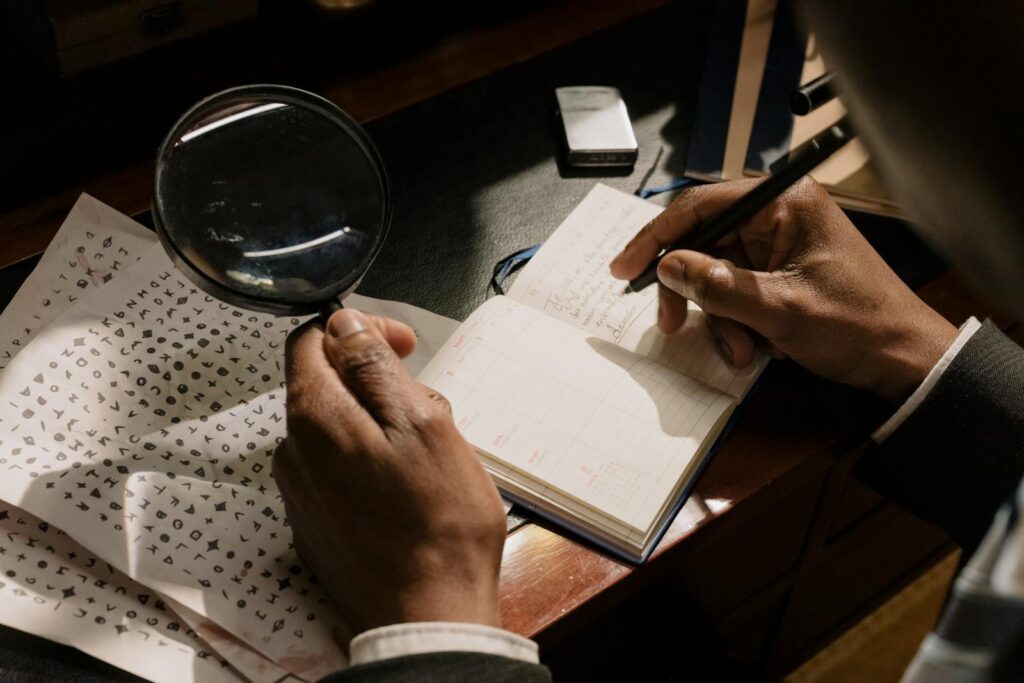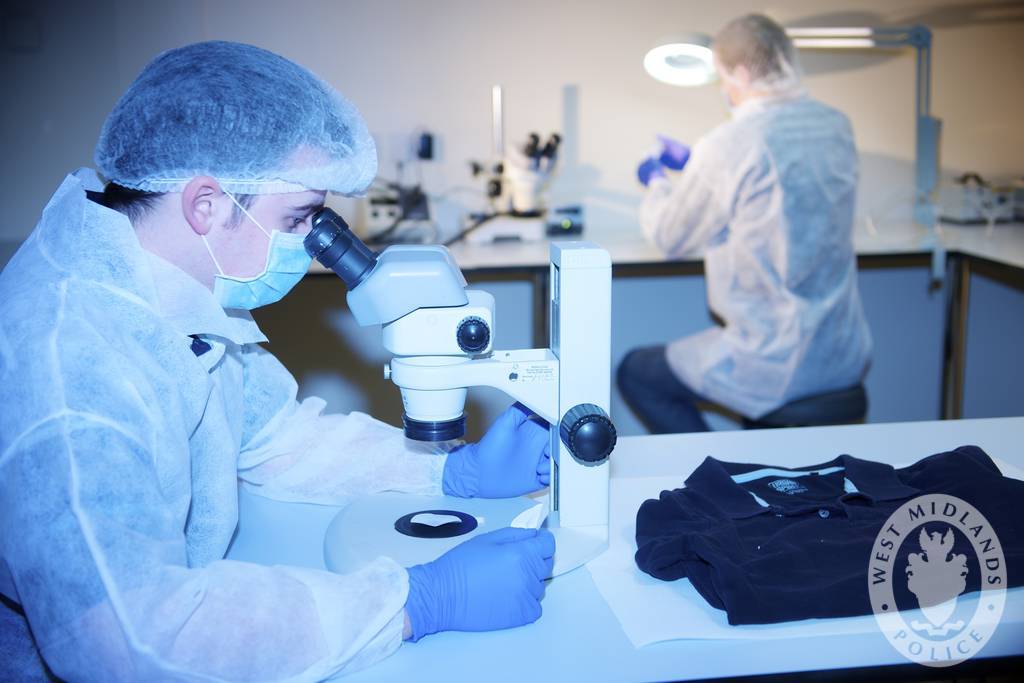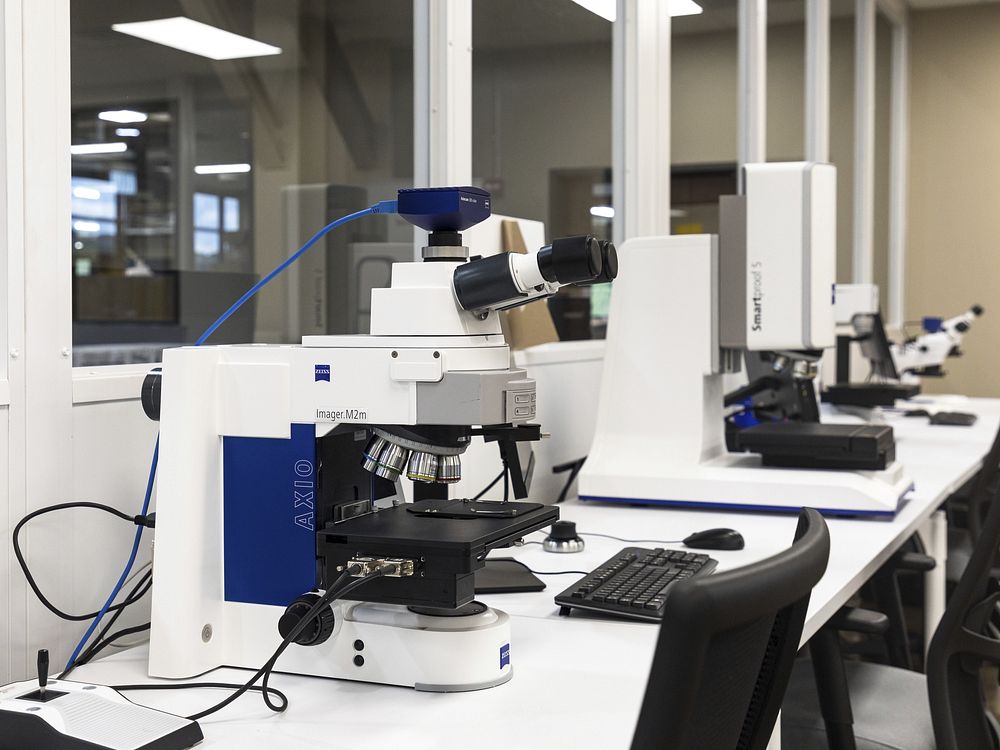Now Reading: How Can Printout Copy and Photocopy paper are differentiated from each other
-
01
How Can Printout Copy and Photocopy paper are differentiated from each other

How Can Printout Copy and Photocopy paper are differentiated from each other
The questioned document can be any typewriting, handwriting, signature, symbol, mark whose authenticity is in doubt. The questioned documents can be of various types like – Printed photocopies, ink, pencil, etc. We will talk here about two major types of questions document which is difficult to differentiate with each other, i.e. photocopied documents and printed out documents. There occur some difficulties to distinguish between these two because it seems the same when we see it, there are some minor differences which are nearly impossible to detect with the human eye. Therefore, forgeries cases are increasing day by day, but question document examiners can detect these differences by various technologies like optical scanning (for counting microdots), through microscopes, IR, etc. easily.
Photocopy document:-
Chestor A. Carlson invents photocopying. Now a day’s photocopy document is used everywhere because it is a fast, inexpensive way to reproduce a copy of some original document. A photocopy can be black and white, and it can be coloured. The system used for photocopy is indirect electrostatic, also known as Plain-Paper system for black and white photocopy and electrostatic and inkjet technologies for coloured photocopy. These technologies used in the old days. In present techniques used are Photostat, thermo graphics, digital imaging systems. [1]
Analysis:-
Coloured or black and white(monochrome) photocopy documents can be examined or analyzed in document examination laboratories by various instruments like EDD(electrostatic detection devices), measuring tools, microscopes, IR imaging systems.[2]
Printout documents:-
The printing process is complicated in which to printing substrate ink applied to transfer the information using Image-Carrying Media, for example:- a printing plate. Various types of printers used in the present; these are inkjet printers, laser printers, LED printers, Dot-matrix printers, thermal printers, etc. Each printer has its characteristics. [3] Japanese company Epson invented the first-ever electronic printer that was EP-101 which released in 1968.
Analysis:-
Forensic analysis can do of printed documents for checking if there some alteration with the original document or not. Forensic experts examine the documents quickly by various techniques. Firstly they focus on source identification and their aim to identify the brand and the model of the device by which the document printed as of the unique property of each machine to identify all these.
Method for detecting photocopied and printed documents:-
Printout and photocopying technologies have improved in recent years. It is the reason why counterfeiting is increasing day by day.
The difference between these two documents can identify by detecting randomly spaced microdots which provided in the process of photocopying and printing. In this method, one can count the number of microdots present in a randomly chosen area. The accomplishment of counting microdots can do by an optical scanner which provides two-dimensional matrix. In two dimensional matrix, each position or cell leads to a physical position which in further has two values which tell that whether ink or toner was found or detected in that place which is analyzed by an optical scanner. Therefore, printed or photocopied both documents scanned under high resolution and low resolution, so that a representation (if toner or ink present at various location on paper or not).
The printed document analyzed at a low resolution which used to mark the high-resolution matrix area. Unmarked areas that left of high-resolution matrix are then analyzed to check discrete microdots that distributed uniformly in those areas. If microdots present on the surface of paper or document it indicates that the document was photocopies or we could say, it is not original.
Figure 1: Document image extracts of an inkjet-printed, laser printed and photocopied document scanned with a resolution of 2400dpi.
Toners can be different from the photocopied documents and printed documents which can be detected by various techniques like reflection-absorption infrared spectroscopy.
Printed documents show sharped edge characters and smooth contrast while the photocopied document shows blur contrast and smooth edge character while analyzed.
Large grey level alterations denote DCT frequency analysis (Discrete Cosine Transformation):- In small image areas, high frequencies and large areas of an almost constant grey level are for low frequencies. DCT used for the classification of paper. It did by calculating the DCT coefficient mean and standard deviations as statistical features. [4]
Technologies for detection:-
1. Optical scanning
2. IR Radiation
3. Scanning Electron Microscopes
4. Electrostatic Detection Device
5. Stereomicroscope
Applications: –
1. They are mostly used in forensic science to solve the forgery cases.
2. Defects can identify.
3. This type of analysis helps in further solving the cases.
References:-
[1] Color Copier Guide, Guide 159, 2003, www.betterbuys.com
[2] Shiver, F.C. and Nelson, L.K., Non-destructive differentiation of full-color photocopies, J.Forensic Sci., 36, 145, and 1991
[3] H. Kipphan, Handbook of Print Media, Springer, Heidelberg, Germany, 2001.
[4] Christian Schulze, Marco Schreyer, Armin Stahl, and Thomas M. Breuel. DCT Coefficient Analysis for Printing Technique and Document Copy Detection. In Advances in Digital Forensics V (to appear). Springer, Boston, 2009.
[5] Scientific Examination of examination of Questioned Documents Edited by Jan Seaman Kelly, Brain S. Lindblom; published in 2006.
[6] Gibson, G., Xerox Corporation, personal communication, 2004.
AUTHOR:
Shabnam Kakran
Intern at Dept. Forensic Sci & Criminal Investigation (June 2020)
Legal Desire Media and Insights











